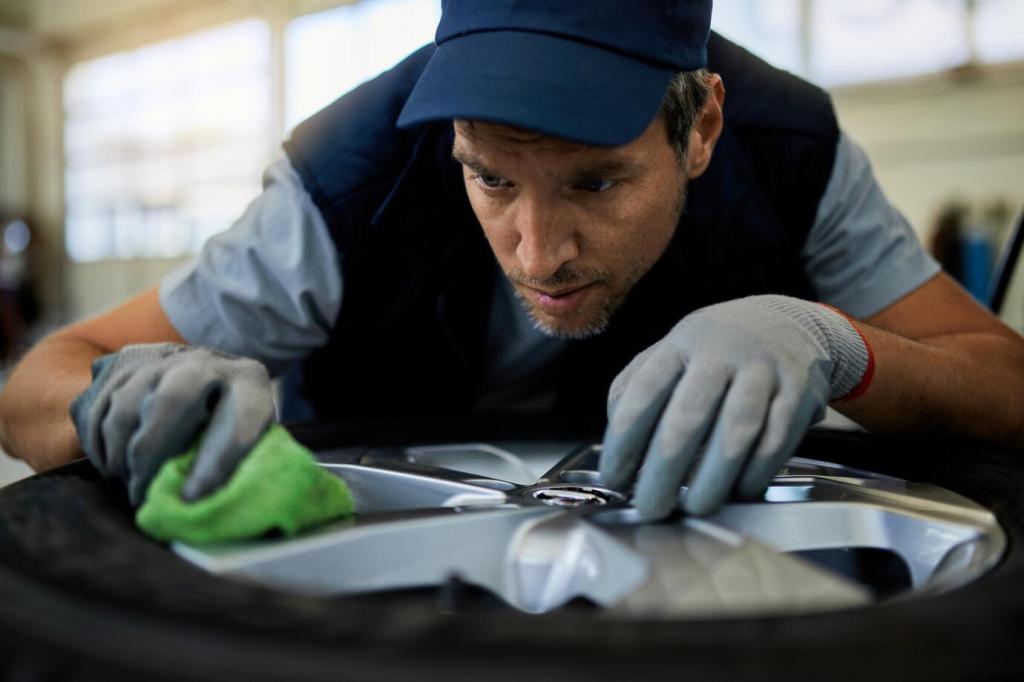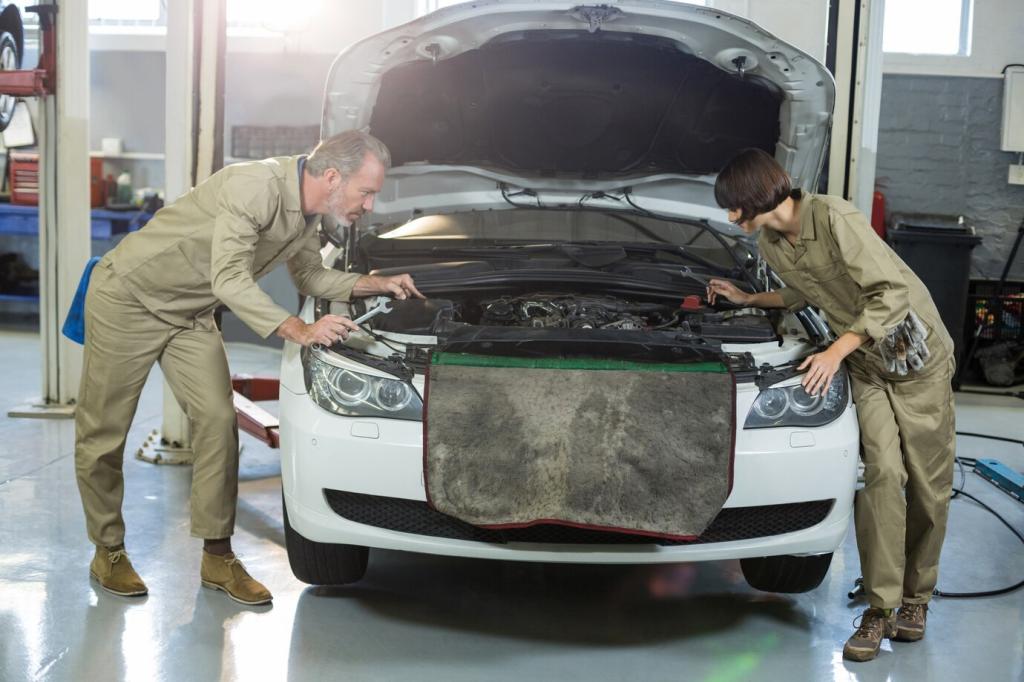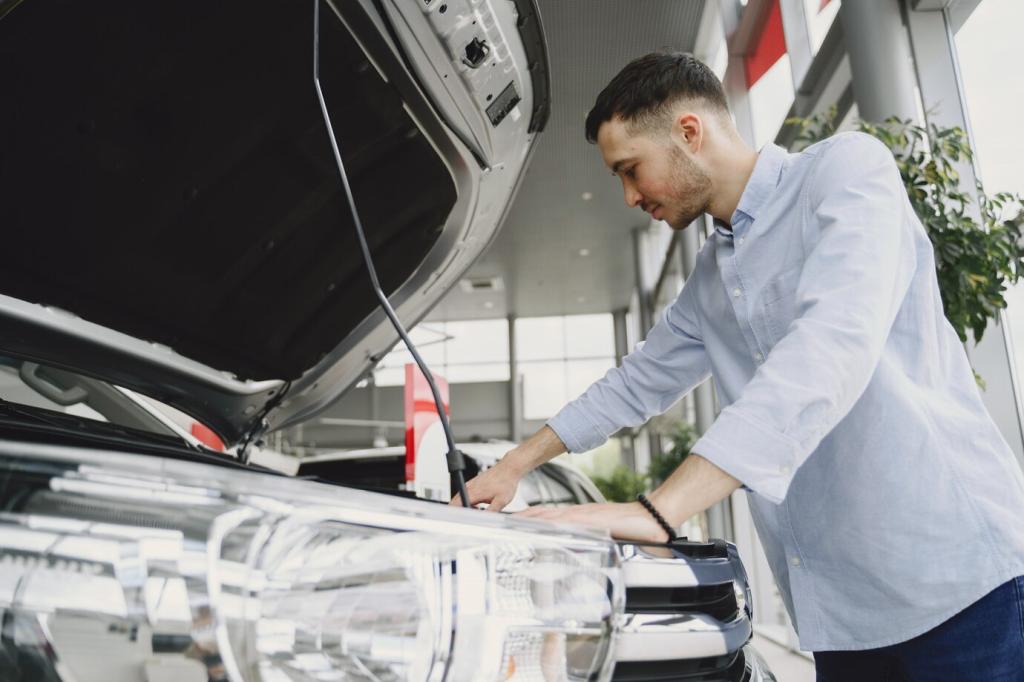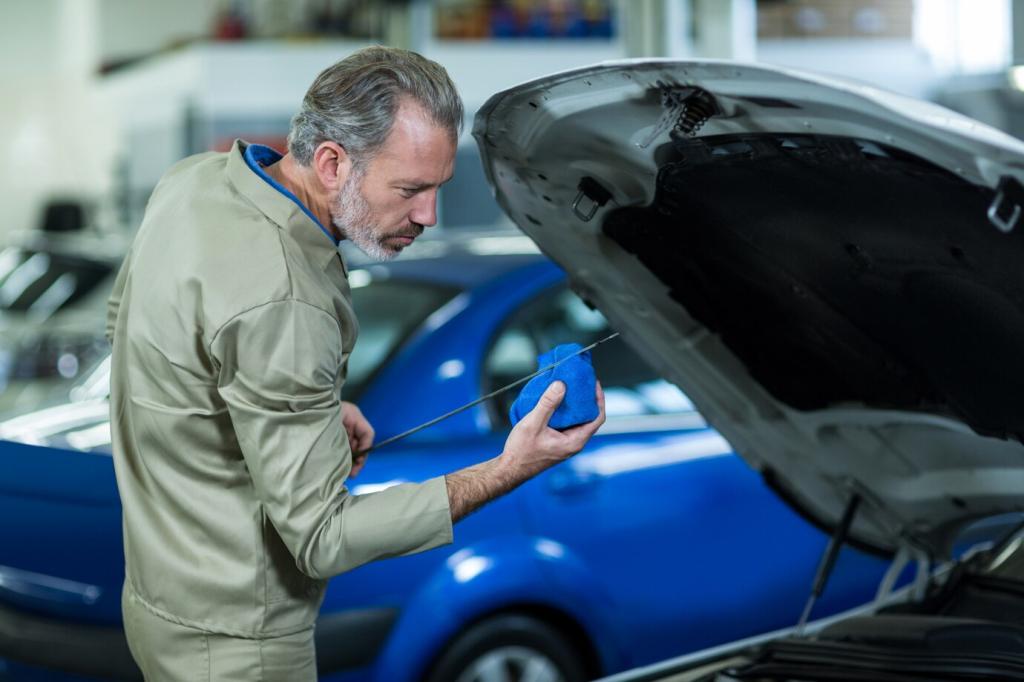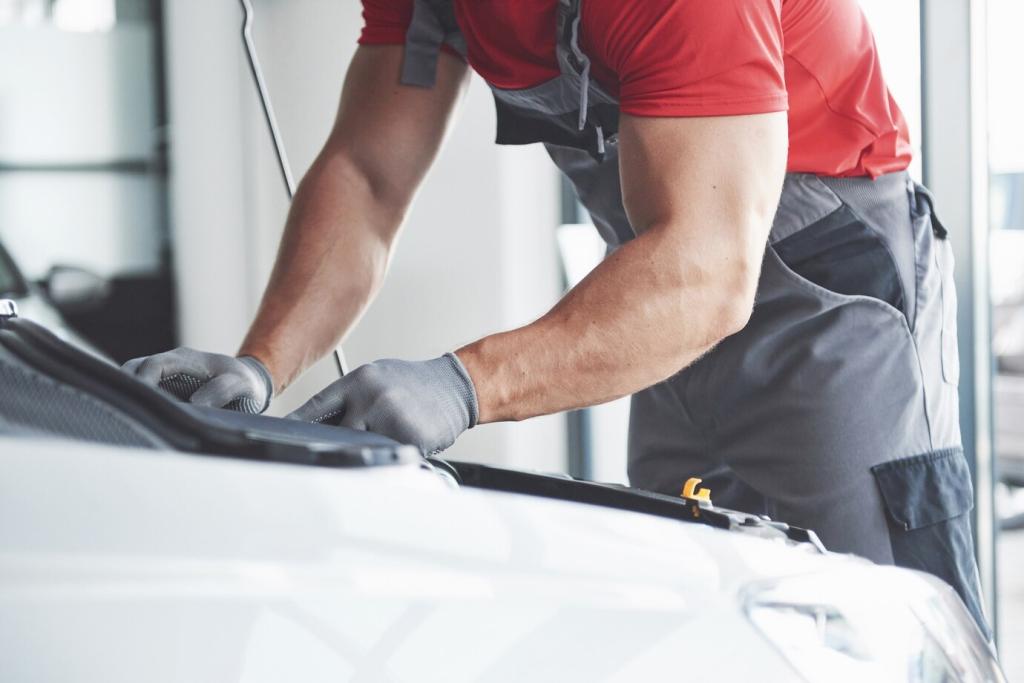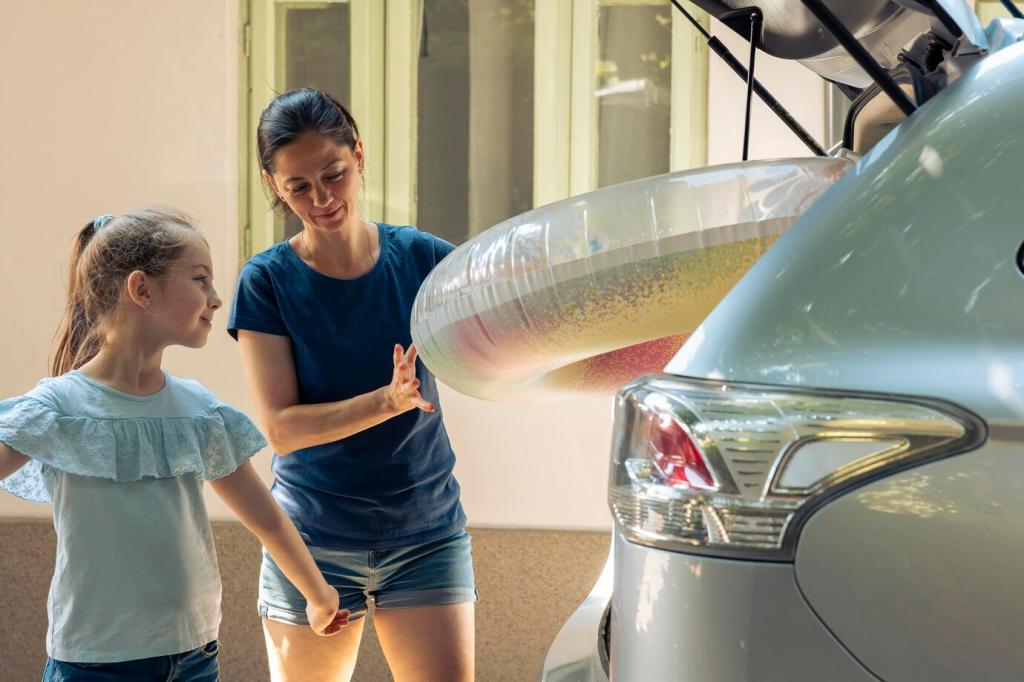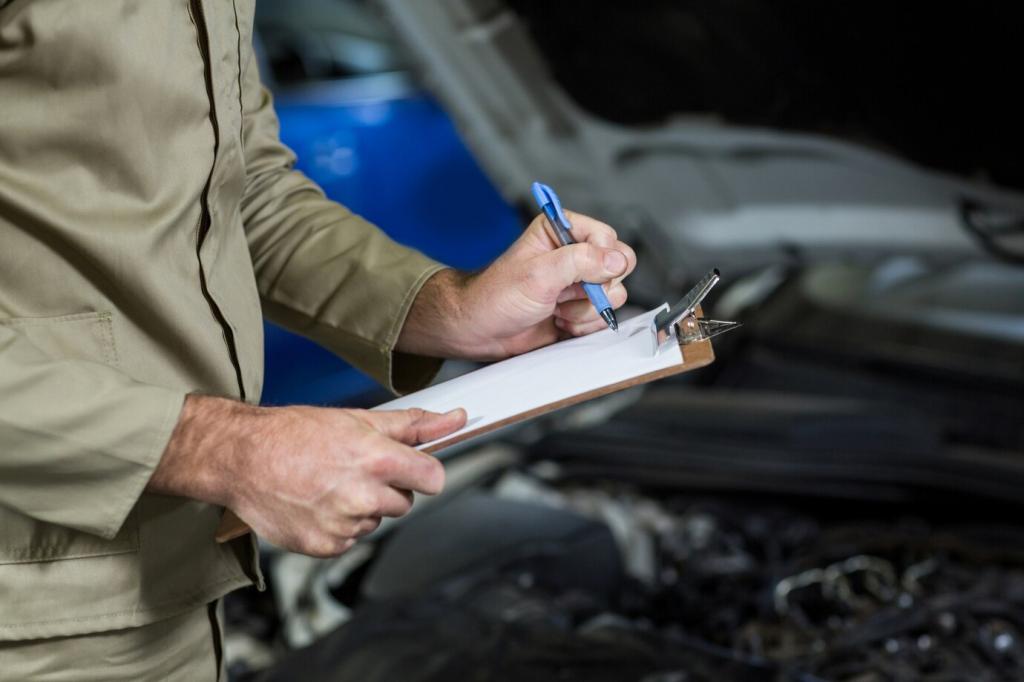Seat Strategy and In-Transit Ergonomics
Window seats support sleeping against the wall and reduce interruptions; aisle seats enable frequent stretching; bulkhead offers more legroom but fewer under-seat storage options. Tall travelers often benefit from exit rows. What’s your go-to seat and why? Drop your strategy below.
Seat Strategy and In-Transit Ergonomics
Aim for a slight recline near 110–135 degrees to reduce lower-back disc pressure, and place an inflatable pillow at your lumbar curve. Keep knees slightly below hips, feet supported, and neck neutral with a travel pillow that fits your shoulder width. Small tweaks prevent big aches.


